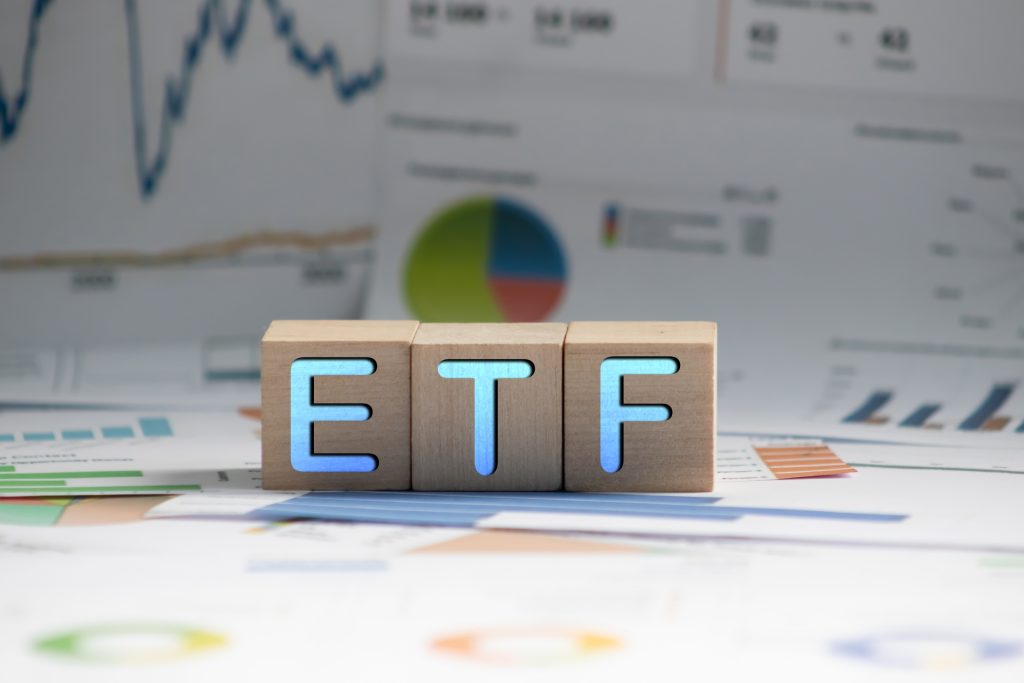ETFs VS. Unit Trusts: A Comprehensive Comparison For Investors

Exchange-traded funds (ETFs) and unit trusts are two common ways to invest that can help people get returns by letting them diversify their holdings. ETFs are sold on stock markets and are investment funds that follow a base index. They give buyers access to a wide range of asset types. Unit trusts, on the other hand, are shared investment funds where buyers can buy units. A professional fund manager manages the whole fund. In this case, both choices have their own pros and cons.
The goal of this piece is to show how ETFs and unit trusts are different by looking at their main features, costs, liquidity, openness, and which type of buyers would be best for each. By giving clients an unbiased look at these investment options, you will give them the knowledge they need to make smart choices about their investment plan and how to divide up their assets.
Understanding ETFs
Like stocks, exchange traded funds (ETFs) are financial funds that can be bought and sold on stock markets. They are meant to show how well an underlying measure, like a stock or bond index, has done.
ETFs are set up like unit investment trusts or open-ended financial companies. An exchange-traded fund (ETF) is made up of a collection of assets that track the results of an index. The stock is broken up into shares, which are then bought and sold on the market.
One of the most important things about ETFs is that they are open and easy to buy and sell. They make it easy for buyers to get exposure to many different types of assets and industries without having to buy and handle each individual investment.
Investors can buy and sell shares in ETFs at market prices at any time during the trading day. This freedom gives investors the chance to make money off of changes in prices during the day and handle their investments in a more fluid way.
Investors can choose from different kinds of ETFs. Common types are equity ETFs, which follow the price of stocks, bond ETFs, which follow the price of bonds, and commodity ETFs, which follow the price of a certain product. With each type of ETF, buyers can spread out their holdings across a wider range of asset groups and industries.

Advantages of ETFs
Exchange-traded funds, or ETFs, are better than other ways to invest in a number of ways. ETFs offer liquidity and freedom because they can be bought and sold at any time during the business day. This makes them very easy for buyers to access. With this feature, buyers can quickly change what they own and profit from changes in the market.
Another good thing about ETFs is that they are cheaper. Most of the time, ETFs have lower cost ratios than carefully managed Unit Trusts. This means that buyers can save money on fees and get better results overall.
Another great thing about buying in ETFs is that they are open and clear. A lot of ETFs list the stocks they own every day, which gives buyers a good idea of what they own. This openness gives buyers peace of mind and lets them make smart choices based on the specific assets owned by the ETF.
Understanding Unit Trusts
Some other names for unit trusts are mutual funds and joint investment plans. They are ways for many people to pool their money and spend it in a wide range of assets. Professional fund managers take care of them and decide what investments to make on behalf of the clients.
Making units, which are small pieces of the fund’s assets, is how unit trusts work at their core. When investors buy these units at the current net asset value (NAV), they become a part owner of the fund. They can sell their units at the NAV whenever they want to.
Fund managers who are good at researching and analysing investments are in charge of Unit Trusts. These managers decide on long-term investments, like which asset types to invest in and how to divide up the money between investments. Based on the fund’s financial goals, their goal is to make money for clients.
Unit Trusts use different financial methods based on the goal of the fund. Equity Unit Trusts invest mostly in stocks and hope that their value will rise over time. Bonds are what fixed income unit trusts buy in, and their goal is to give owners a steady income. Balanced Unit Trusts are investments that try to find a mix between making money and growing your capital. They do this by holding both stock and fixed income investments.
Advantages of Unit Trusts
When compared to other ways to spend, unit trusts have a number of benefits. One big benefit is that active management techniques can help you get better results. Professional fund managers actively handle unit trusts, which are different from passive investments. Their goal is to beat the market by carefully choosing and keeping an eye on investments.
One more benefit of unit trusts is that they seem to be stable. This is mostly because traders aren’t dealing as often and are focussing on long-term investments. Unit trust managers usually keep investments for a long time. This means that profits may be more stable, and short-term changes in the market have less of an effect.
There are many choices for buyers with unit trusts. There are a lot of different unit trusts, and each one has its own financial goals and methods. Investors can then choose a unit trust that fits their financial goals, level of risk tolerance, and time span.
Similarities Between ETFs and Unit Trusts
A lot of things are the same between ETFs and unit trusts.
First, tT exposure to a lot of different assets, like stocks, bonds, and commodities. Diversification lowers the risk of investing in single stocks or assets, since wins in one area may more than make up for losses in another.
Individual buyers can also buy ETFs and unit trusts. They are easy to buy and sell through trading platforms or broking accounts. Because they are easy to get to, individual buyers who want to spread their investments often choose them.
Professional fund managers are in charge of both ETFs and unit trusts. These managers are skilled and knowledgeable enough to make smart financial choices for the fund. They do a lot of study and analysis to try to get the best results and the least amount of danger.
Understanding ETFs and Unit Trusts’ Differences
There are two different kinds of investments on the market: exchange-traded funds (ETFs) and unit trusts. There are important differences between these two choices that buyers should think about before choosing one.
One big change is how the goods are traded and priced. Like stocks, ETFs can be bought and sold at market prices at any time of the day. However, Unit Trusts are priced at the end of the business day. This means that buyers can only buy or sell them at the price that was set at the end of the day.
The way the business is run is another important difference. A lot of the time, ETFs are passively managed, which means they try to copy the success of an index. Unit Trusts, on the other hand, are usually actively managed, which means that fund managers choose investments that will earn better returns than the market average.
It is important to look at the spending ratios, management fees, and trade costs of both choices when it comes to costs and fees. Because they don’t actively manage their funds, ETFs usually have lower cost rates than Unit Trusts. This is because Unit Trusts do actively manage their funds.
Tax economy is a big thing to think about. When it comes to taxes, ETFs usually work out better than Unit Trusts. This is because ETFs are set up in a different way, which could lead to tax perks like better handling of capital gains.

Conclusion
Finally, buyers should make sure that the investments they make are in line with their personal goals, risk tolerance, and tastes when comparing ETFs and Unit Trusts. It is important to do a lot of study on each financial choice to fully understand its features and benefits. Also, talking to financial experts can give you useful information and help you make smart choices. An important point to make is that there is no one-size-fits-all solution because each investor’s situation is different. To reach financial goals, it is important to know what your investment goals are and to think about the different investment choices that are out there. Taking these things into careful thought and getting professional help can help buyers make smart decisions that fit their needs.






